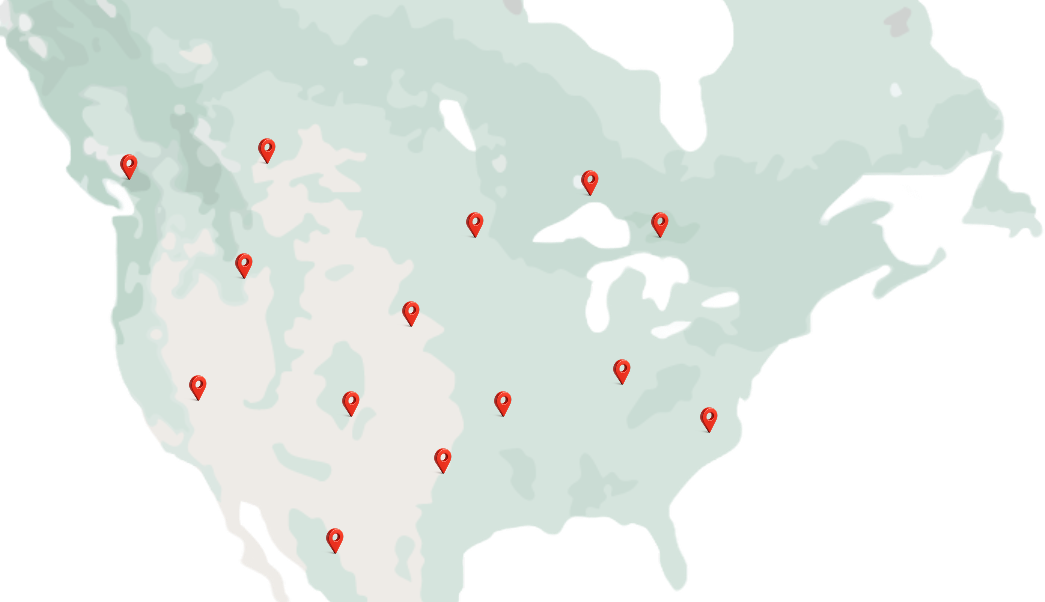.png)
TRUSTED BY SEPTIC COMPANIES ACORSS NORTH AMERICA
Septic Marketing Tips
Most septic contractors think a website is just an online business card.
In reality, it’s your 24/7 salesperson — and if it’s not bringing in calls or quote requests, it’s costing you money.
Your customers aren’t spending hours browsing; they’re usually on your site because they need help now — a pump-out, repair, or new install. That means your website has seconds to prove you’re the right choice.
Here’s exactly what your septic website needs to turn visitors into booked jobs.
When someone lands on your site, they should instantly know:
Your header section should make that painfully obvious — no guesswork.
For example:
“Professional Septic Installation & Pumping Services in [Your City] — Call Now for Fast, Reliable Help.”
Pair that headline with a clear call-to-action button:
📞 Call Now or Request a Quote — not vague links like “Learn More.”
Your website’s first impression should do what your trucks do: get to the point fast.
A slow website is a dead website. Many septic customers are in rural areas where internet speeds aren’t great — if your site takes more than a few seconds to load, they’ll hit back and call your competitor.
Optimized septic website design means:
The faster your site loads, the more calls you’ll convert — period.
Over 70% of service calls come from mobile users. That means your website must look and perform perfectly on phones:
✅ Easy-to-tap phone buttons.
✅ Simple quote form (no long fields).
✅ Sticky “Call Now” or “Book Service” button.
✅ Clickable Google Maps directions.
Mobile optimization is one of the biggest conversion drivers for contractors — it’s also a ranking factor for Google.
Before a homeowner picks up the phone, they need reassurance that you’re legitimate, local, and experienced.
Add these credibility elements:
Your Growth System can also use this trust data to reinforce ads and follow-up messages, creating consistency across your marketing.
If your contact form looks like a tax return, no one’s filling it out.
Keep it short — name, phone, service type, and message is usually enough.
You can even use smart forms integrated with your Lead Nurturing Systems:
That single automation can double your conversions by responding faster than competitors.
If you’re running Google PPC ads or Facebook Ads for septic companies, sending traffic to your homepage won’t cut it.
You need dedicated landing pages tailored to each service:
Each page should:
When ads and landing pages match perfectly, your cost per lead drops — and your call volume rises.
Google rewards websites that are specific about location and services.
To show up for local searches like “septic installation near me”, make sure you:
Your Growth System can combine these SEO strategies with ads to dominate both paid and organic results.
You can’t improve what you don’t measure.
Every call, form, and click should be tracked in your CRM.
A professional nurturing and lead-tracking system shows:
That data closes the loop and lets you see your marketing ROI clearly — no guessing.
Good design sells. Replace generic stock photos with real images of septic tanks, installs, equipment, and your crew in action.
These visuals prove you’re local, hands-on, and trustworthy.
Even better, they keep people on your page longer — another ranking signal Google loves.
A septic website isn’t just about looking good — it’s about converting every visitor into a call or quote request.
When your site loads fast, looks great on mobile, builds trust, and connects with your lead-tracking system, it becomes a true business tool — not an expense.
If your current site isn’t generating calls, explore our Septic Website Design services or see how the Septic Growth System brings everything — ads, SEO, and automation — together to keep your crews busy all year.
Need a Full system?
only 1 contractor per service area

Make your business flush with leads